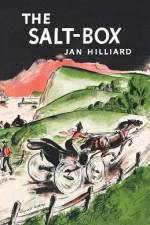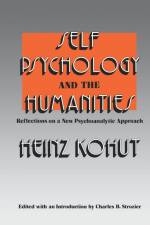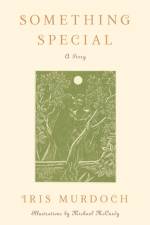av Noel Perrin
253
In the spring of 1991, Noel Perrin flew from Vermont to California to pick up his new electric car. He planned to bring it home over the Sierras and the Rockies, a 3100-mile drive. It would not be easy. An electric car like his can go about 50 miles; then you have to stop for six to eight hours and recharge. When he got back to Vermont, he put the car into daily service as a commuter vehicle - thus driving to and from his job at Dartmouth College without causing any pollution. This book tells the story of both the trip and the commuting. From the time Perrin gets taken to a flying saucer factory in Davis, California, to the time he meets a man with four electric cars in Rotterdam, New York, here are his adventures on the road. Eventually he did get home, though not quite in the way he expected. The car, by now named Solo, turns to commuting and is a complete success. Among other things, it wins its owner one of the rare reserved parking places at Dartmouth. "There's going to be a boom in electric cars around here", predicts a cynical colleague. "People will do anything for a parking place". Interwoven with Solo's story is the larger story of electric cars in America. Scarce now, they have a distinguished past and a bright future. Ninety years ago they were the favorite vehicle of city aristocrats. In 1903, for example, the six wealthy Guggenheim brothers in New York owned nine electric cars - and employed chauffeurs. The first 50 women drivers, without exception, drove electrics. Tiffany's bought electric delivery trucks. President Woodrow Wilson took drives from the White House in his electric car, with a Secret Service agent chugging along behind in a gasoline vehicle. Henry Fordowned three. No wonder. Electric cars were cleaner, quieter, and more reliable than early gasoline cars. After a 70-year hiatus, electrics are now making a major comeback. Aristocrats - including Prince Philip of England - are again driving them. General Motors, Ford, and Chrysler are all gearing up to produce them. So is every car company in Japan. In Europe, Fiat and Peugot are currently selling electrics - and a dozen other companies are racing to join them. Some of these cars will be hybrids, with a virtually unlimited range. Others will be pure electrics. But most will have improved batteries that provide a range of 100 or even 200 miles. There's a good chance you will be driving an electric car, two or five or at most ten years from now. What's it going to be like? This lively book will tell you.






























